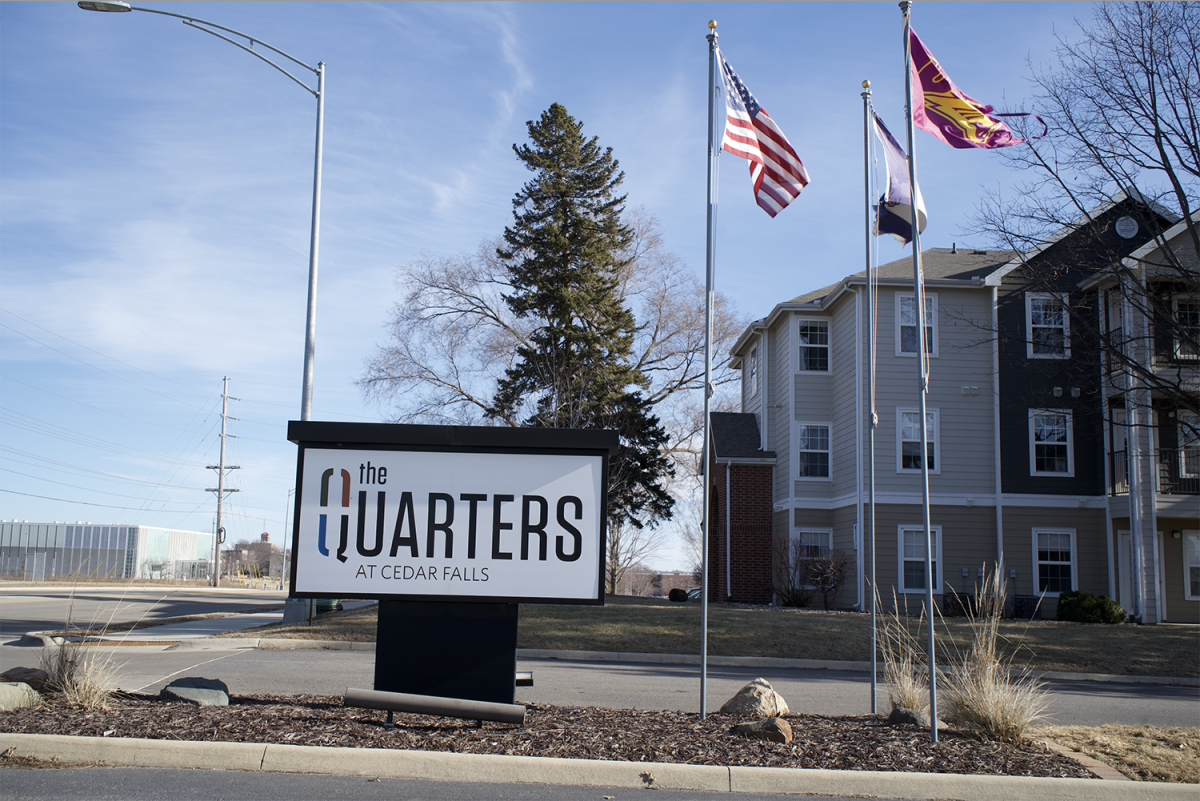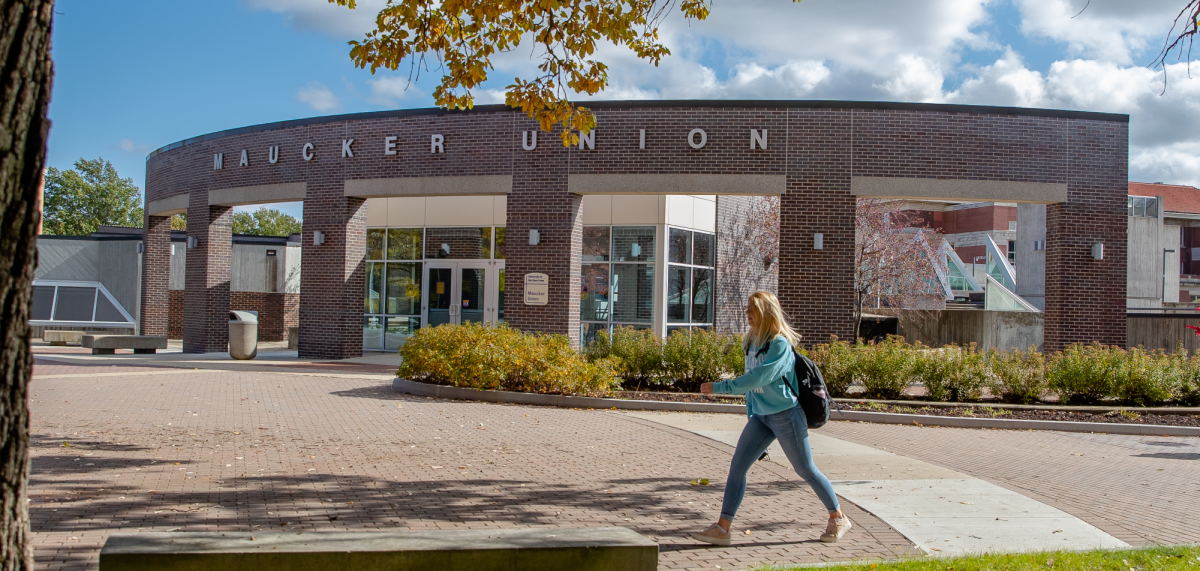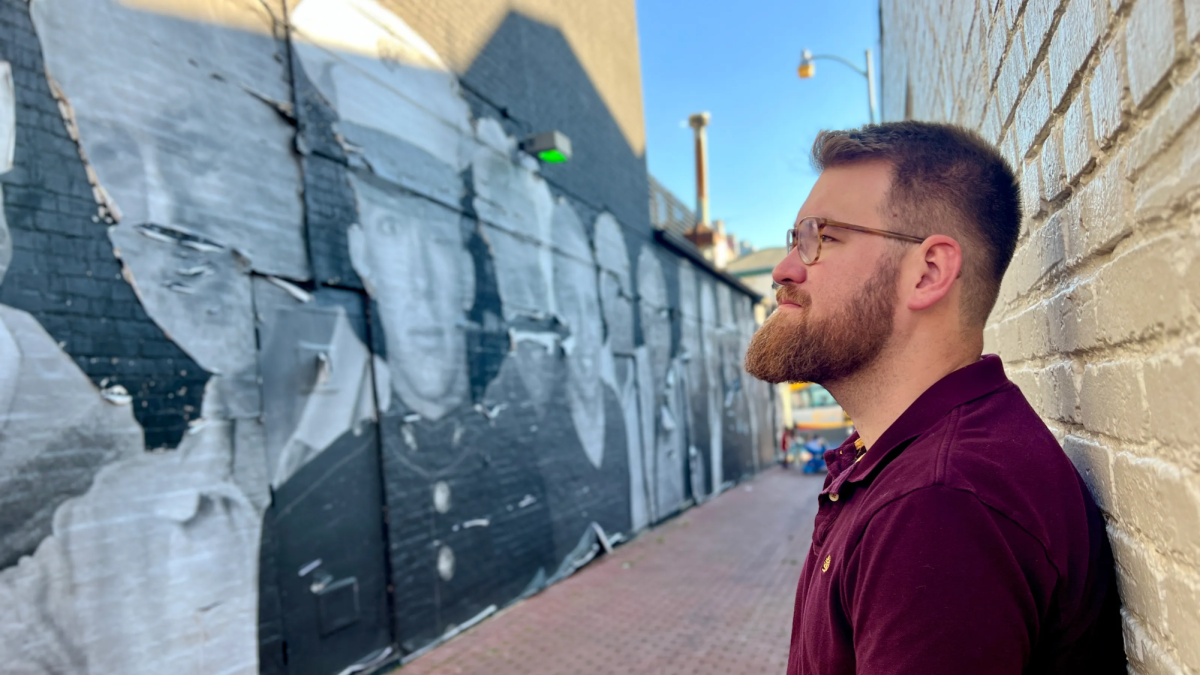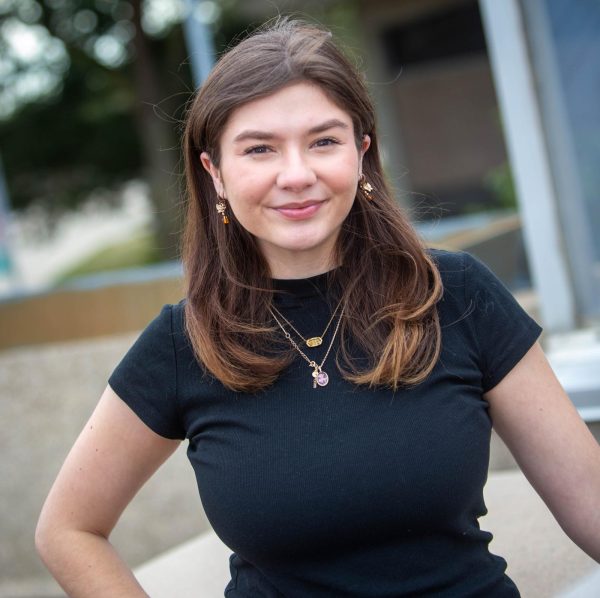Upon UNI’s announcement of the School of Health and Human Sciences, administrators and faculty within the College of Education realized the need to restructure the college. Before the School of Health and Human Sciences was established, majors like kinesiology and athletic training were a part of the Department of Health, Recreation and Community Services. As these programs left the College of Education, Provost Jose Herrera and Dean Colleen Muhlholland encouraged administrators to review the structure of the college and how it could change to benefit students and faculty alike.
Ronald Rinehart, Head of Educational Psychology at UNI, explained that this change is fundamental to the success of students and faculty at UNI. Not only is this change fundamental, according to Rinehart, but it came as no surprise to the college. “We all knew something like this was going to come, due to the number of faculty reorganized into a different and strategically purposeful organization,” Rinehart said. The College of Education alignment committee, made up of administrators and faculty members, applied multiple phases that spanned over a year to consider departmental changes. Rinehart says that although the department has a new structure, minimal changes are still being made to accommodate faculty.
The first phase included finding guiding principles for the structural changes, exploratory groundwork and initial models. According to Rinehart, the six core guiding principles, efficiency, balance, interdisciplinarity, belonging, collaboration and student-focus, paved the way for the following conversations with faculty. The groundwork laid by the alignment committee allowed for the listening sessions in phase two to help form the departmental structures. According to Rinehart, the five listening sessions hosted by the alignment committee allowed for faculty and students alike to provide feedback and insight into what the college needs during the restructuring. One idea brought up during a listening session included how the college can organize itself horizontally to allow for more collaboration. “It was a very serious faculty suggestion…there’s this desire to work in an interdisciplinary fashion,” said Rinehart. “That was a call back to us and the broader committee to say, ‘Let’s think bigger, how can we get to the root of this problem?’”
These discussions led to what was recently passed by the faculty senate, the matrix organizational management chart, which condenses the College of Education into four departments and encourages horizontal collaboration. According to Rinehart, this is to “foster innovation, develop a shared purpose and establish belonging.” The horizontal programming also allows for faculty to attend program meetings even if they might not physically be located in the same department that program is in. Rinehart also says that faculty talked about being “siloed” in their department during the phase two listening sessions. “If you think of a grain silo, it has walls intended to keep material in and keep other material out, a boundary. In this particular case, what we were looking for is, how can we collaborate across silos?” Rinehart said. “It’s a known, long standing problem in academia, collaborating across silos.” The alignment committee took the faculty’s need to work interdisciplinarily seriously. All of this leads phase three, and how the alignment committee began to form the matrix organizational management structure.
According to Rinehart, these changes won’t just be more effective for the college as a whole, but also individual faculty, which will in turn impact students. “At the end of the day, this all goes back to, ‘How can we best serve our students?’” said Rinehart. “Programs exist to serve students, and faculty serve in programs to serve students. Both, at the end of the day, come back to how we can serve our students better.”
While the official department changes that have been confirmed by the Faculty Senate won’t be implemented until July 2025, Rinehart notes that changes will continue to occur even after the program is officially in place. Specifics such as changing offices and workspaces, updating the college website, as well as team building in new programs are all subject to change as the program is implemented this July.









